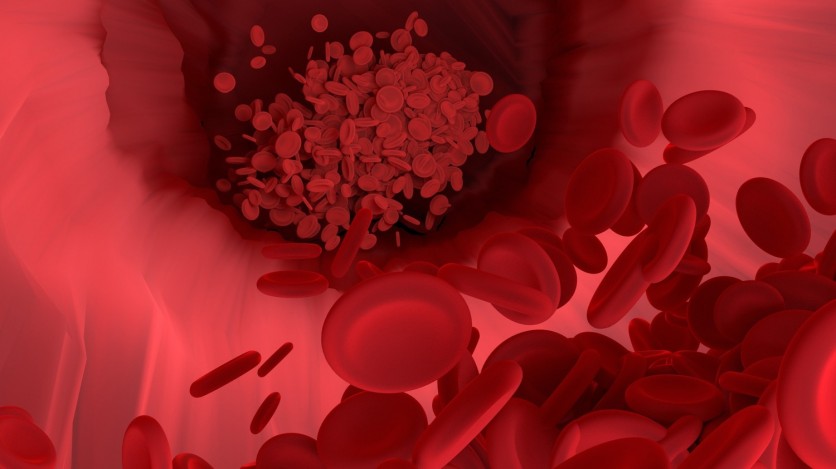Researchers at the University of Melbourne have unveiled a promising advancement in the realm of medical science: a fast, affordable, and scalable technique for engineering blood vessels using natural tissue.
In a collaborative effort led by ARC Future Fellow Associate Professor Daniel Heath and Redmond Barry Distinguished Professor Andrea O'Connor, the Shanahan Chair in Frontier Medical Solutions, both from the Department of Biomedical Engineering, these scientists embarked on a pioneering approach to the art of "tissue engineering" blood vessels.
Their innovative method harnessed the fusion of various materials and fabrication technologies, culminating in the creation of blood vessels with complex geometries like native blood vessels.

Engineering Blood Vessels
Blood vessels serve a vital function in sustaining one's life by ensuring the circulation of oxygen-rich blood and essential nutrients throughout the body, concurrently purging harmful waste products.
However, disruptions or malfunctions within these vessels can result in severe health complications such as heart attacks, strokes, and aneurysms. That underscores the pressing need to address cardiovascular disease, a paramount contributor to global mortality.
Daniel Heath recognized the enduring endeavor of scientists worldwide to perfect the intricate science of blood vessel tissue engineering.
Sluggishness, reliance on specialized and costly apparatus like bioreactors, and limited throughput capabilities characterize the existing techniques. According to Heath, that translates to challenges in meeting the demand for engineered vessels.
He further noted that their approach, which combines various materials and fabrication technologies, holds the potential to usher in an era where engineered blood vessels could evolve into a solution for cardiovascular disease.
This potential is particularly promising for patients lacking suitable donor vessels. Although bypass surgery has emerged as a life-preserving route for the substitution of severely impaired blood vessels, its applicability has limitations, specifically when dealing with narrower blood passages like the coronary artery, according to the researchers.
Non-synthetic grafts can result in blood coagulation and blockages, rendering them unfit in some circumstances. This predicament presents formidable obstacles for patients with limited options due to prior surgical interventions or comorbidities such as diabetes.
Read Also : New Study Alters Human Cells to Act Like Squid Skin Cells; Here's How It Can Benefit Science
Crafted From Human Cells and Tissues
In an effort to overcome these limitations, the researchers delved into developing "tissue-engineered" blood vessels made from human cells and tissues. These created vessels hold promise to treat cardiovascular illness and assemble built-in blood supply for larger tissue creations.
Andrea O'Connor conveyed her enthusiasm for this groundbreaking development, emphasizing its profound implications for the field of tissue engineering.
"We are now able to rapidly and cheaply manufacture blood vessels using living tissue that has appropriate mechanical properties and mimics the cellular orientation of the inner-most layer of blood vessels," O'Connor said in a statement.
"While the engineered blood vessels are not yet ready for bypass surgery, the findings mark a significant advancement in the field of tissue engineering," she added.
The study's findings were published in the journal ACS Applied Materials and Interfaces.
Related Article : Scientists Develop Life-Like Eyes From Human Cells to Study Blindness

ⓒ 2025 TECHTIMES.com All rights reserved. Do not reproduce without permission.




